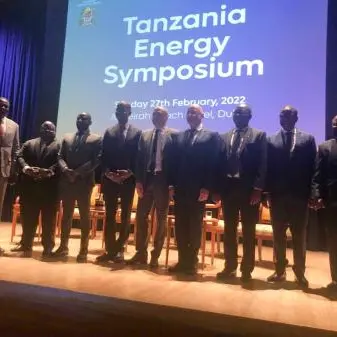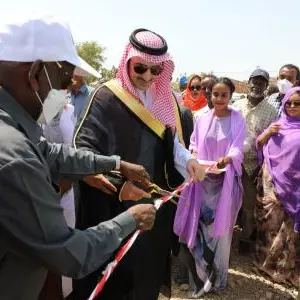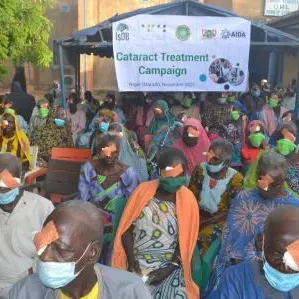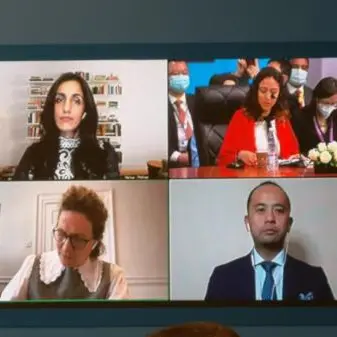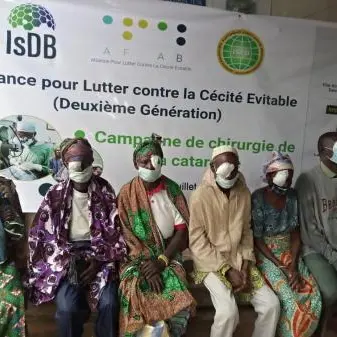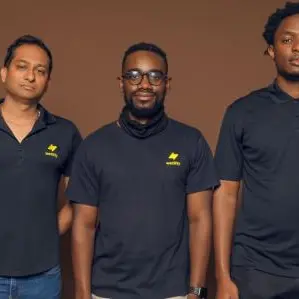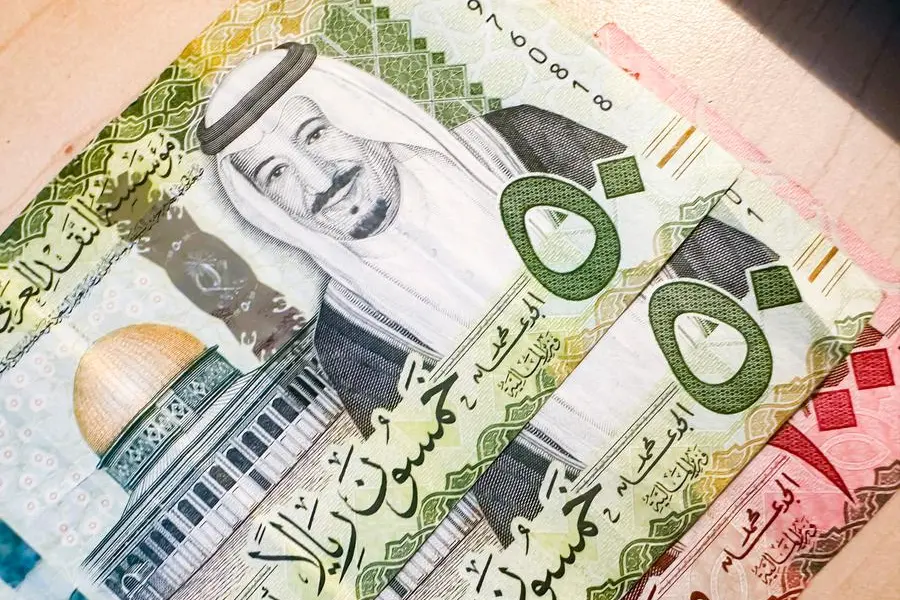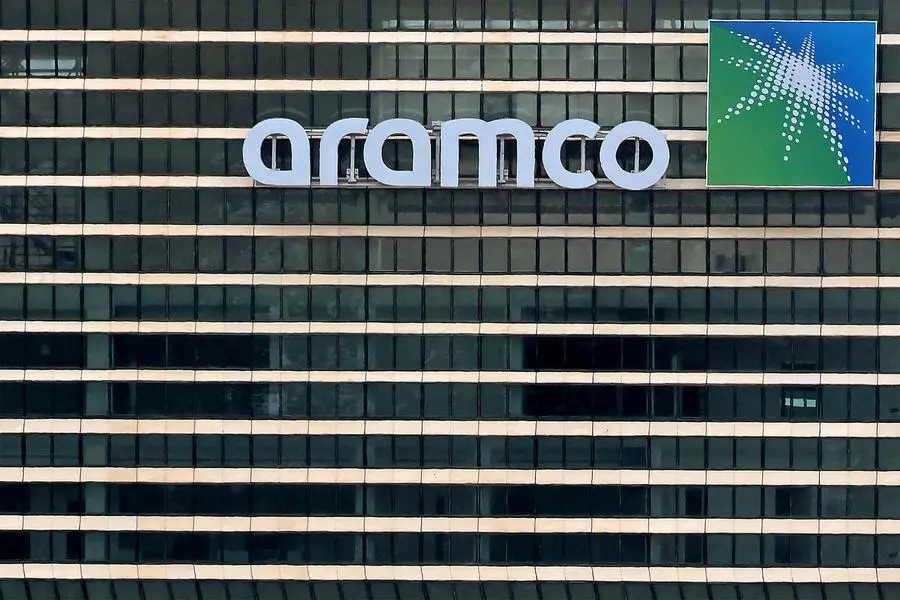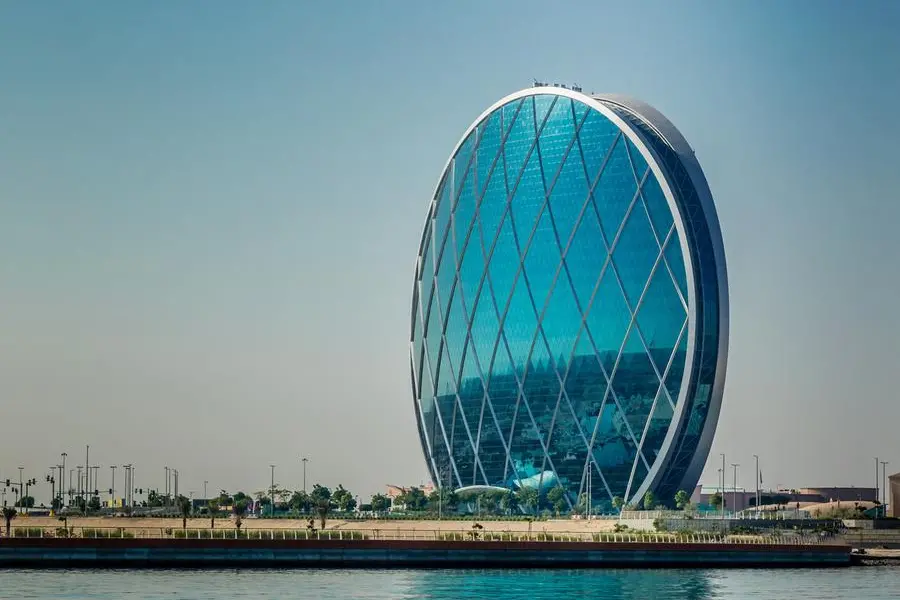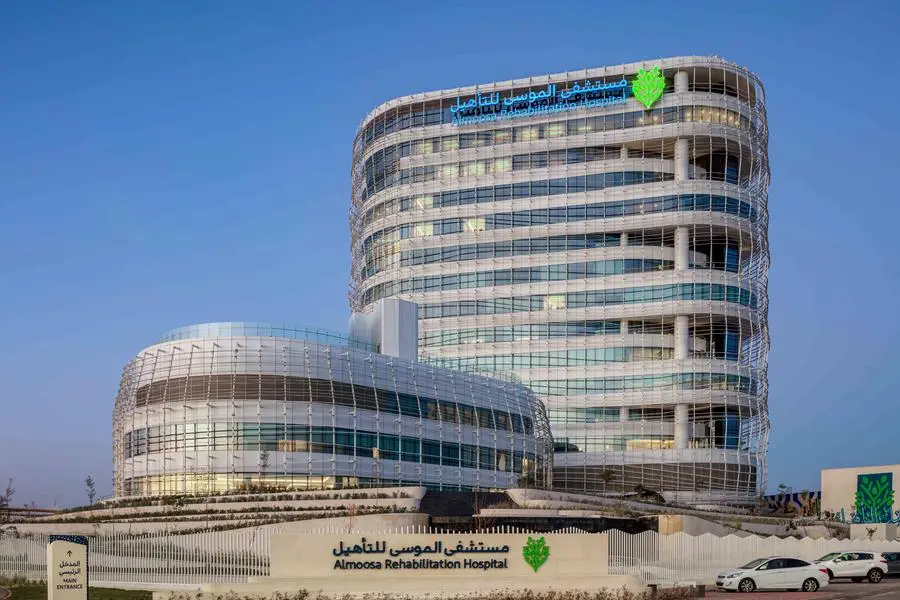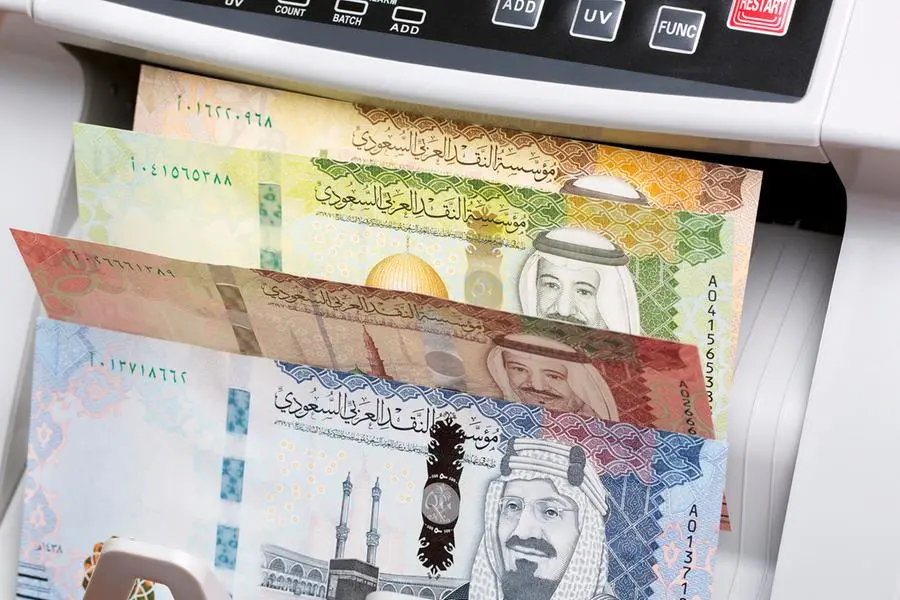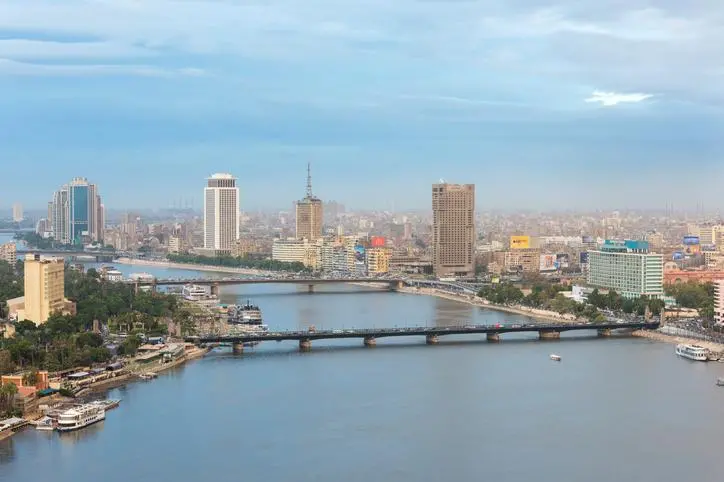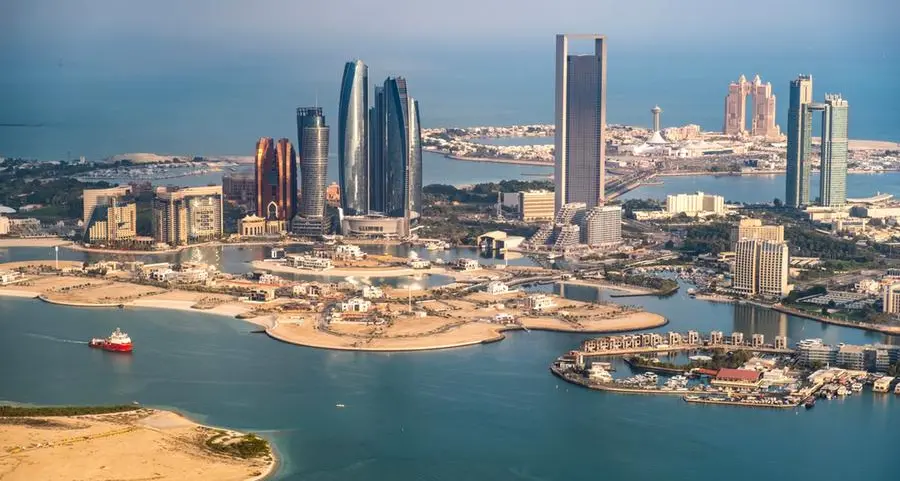
During the first week of August, U.S. Ambassador Claire A. Pierangelo visited Madagascar’s drought-stricken South where she met with regional officials, health care providers, and food security specialists and beneficiaries, and saw first-hand the positive impacts of U.S. government-supported economic development and innovative agricultural approaches and humanitarian assistance infrastructure.
Throughout the five-day visit, Ambassador Pierangelo witnessed both the extent of climate-related effects on the region’s residents and the scope of the response by the United States, through the U.S. Agency for International Development (USAID), to safeguard food security in partnership with United Nations agencies, non-governmental organizations, and the Government of Madagascar.
Through these partnerships, USAID-supported programs feed those who are most vulnerable, improve delivery of health services, expand livelihoods, and protect endangered animals and plants.
“The U.S government is committed more than ever to reduce poverty, hunger, and malnutrition in Madagascar,” Ambassador Pierangelo said at the end of the visit. “On this trip I have seen innovative and effective ways to tackle the root causes of poverty and the issues stemming from this.”
In Ampanihy District on Monday, Ambassador Pierangelo met with health care providers and community health volunteers to discuss a recent USAID-supported training that has helped them provide better services in maternal child health, nutrition, and malaria prevention in the region.
In Tanambao in the Beloha District, at a USAID-supported growth monitoring site, mothers presented their children under five to be screened for malnutrition and sat for training on how to prepare nutritious meals for families with locally available ingredients.
One local mother named Mboae was told at a screening six months ago her baby girl was malnourished and was instructed to give the baby high-nutrition, ready-to-use supplementary food in addition to her regular diet. “At today’s follow up,” she told the Ambassador, “they say my daughter has fully recovered.”
In the village of Vohibola in the Beloha District, Ambassador Pierangelo saw how USAID had donated seeds and set up a potable water supply and an alternative irrigation system for farming households. Meeting with villagers, she heard how this new technology has helped them cope with persistent drought.
“With almost no access to a water source, watering my crops was a struggle,” said Tavesoae, a mother of eight whose vegetable garden benefits from the new water supply close to her home. “The program gave me seeds and also water for my garden. The different vegetables I grow now help keep my family healthy and well fed.”
The Ambassador also met with fisherfolk from the Lavanono coast in the Beloha District, where fishing is the only viable livelihood, to learn how the United States has helped this community form savings and loan groups to improve their buying power and save and invest their earnings. These groups have helped women launch income generating activities beyond fishing.
In Ambovombe, Ambassador Pierangelo visited members of a USAID-supported sweet potato farmers’ association and tasted recipes made from nutritious and climate-resilient, orange-fleshed sweet potatoes. Association members explained how the introduction of the vitamin A-rich, easy-to-grow sweet potato has made a real difference in improving both the economy of the area and the health of local families.
Ambassador Pierangelo also stopped by the Mahavelo Tortoise Center where the Turtle Survival Alliance (TSA) restores the health of endangered tortoises confiscated during wildlife trafficking attempts. Since receiving USAID support in 2020, they have cared for more than 26,000 tortoises confiscated during trafficking attempts in Madagascar and released 1,000 back into the wild. TSA also purchases food for the tortoises from the local communities, providing much needed income.
Ambassador Pierangelo shared her observations with local radio and television journalists in Taolagnaro, noting that U.S. assistance, including $2.1 million from the Department of Defense, has helped 1.5 million citizens survive the drought and transformed people’s lives for the short and longer terms.
“I find Madagascar to be an incredibly beautiful and bountiful country with tremendous potential,” the Ambassador said. “I am proud the U.S. government is helping Madagascar tackle the many challenges it faces so one day Madagascar can better manage these issues and provide equal opportunity for all its citizens.”
Since 2015, the United States Government has committed more than $346 million to support drought relief and emergency and development assistance in the South and Southeast. Like “mpirahalahy mianala,” the United States works side by side with Madagascar to help communities better respond to future climactic shocks.
Distributed by APO Group on behalf of U.S. Embassy in Madagascar.
